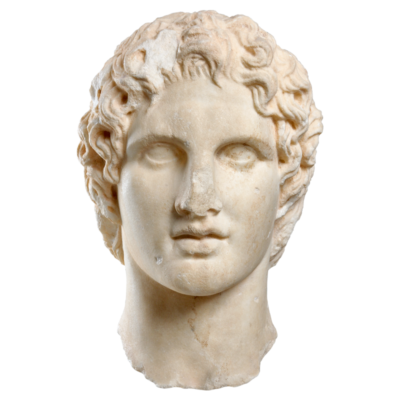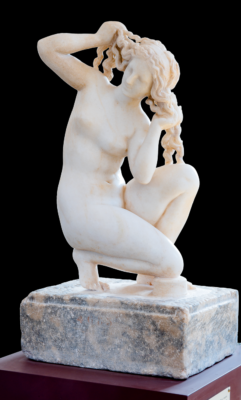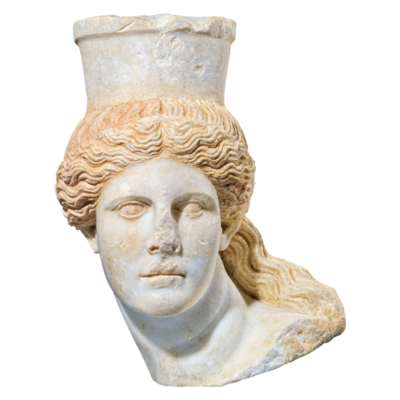Graffiti

Fragment of the upper right corner of a marble metope from the Ur-Parthenon or Hekatompedon, which was built circa 570 – 560 BC. After the demolition of the temple, its metopes were reused in the fifth century BC, for inscriptions.
From the Athenian Acropolis. Ca 570 – 560 BC the metope, ca 450 BC the inscription. Athens, Acropolis Museum Ακρ. 7350.
© Hellenic Ministry of Culture and Sports/Acropolis Museum. Photograph: Irini Miari.
Marble fragment with an erotic inscription from the Archaic times.
This is an architectural fragment which stood on the site of the Parthenon during the 5th century B.C.
The inscription publicly praised the beauty of a young man. It read “Λυσίας Καλλός” (Lysias Kallos), which translates into “Lysias is handsome.”
This is a very special exhibit that is not a work of art or an object of utility, as this fragment is just a humble confession in a public space. Nevertheless, it connects us directly with the past and reminds us, after so many thousands of years, of people’s need for expression.
TOPICS FOR DISCUSSION
• Discuss public space and expression.
• Discuss graffiti as an expression of desire or the externalization of a need.
• What is the archaeological, sociological, and anthropological value of such an exhibit?
• In what other ways do we encounter forms of discourse that express something in the public sphere (see shop signs, road signs, product logos and adverts, flags, etc.)? Photograph examples of such images from your own environment and discuss them in class.




